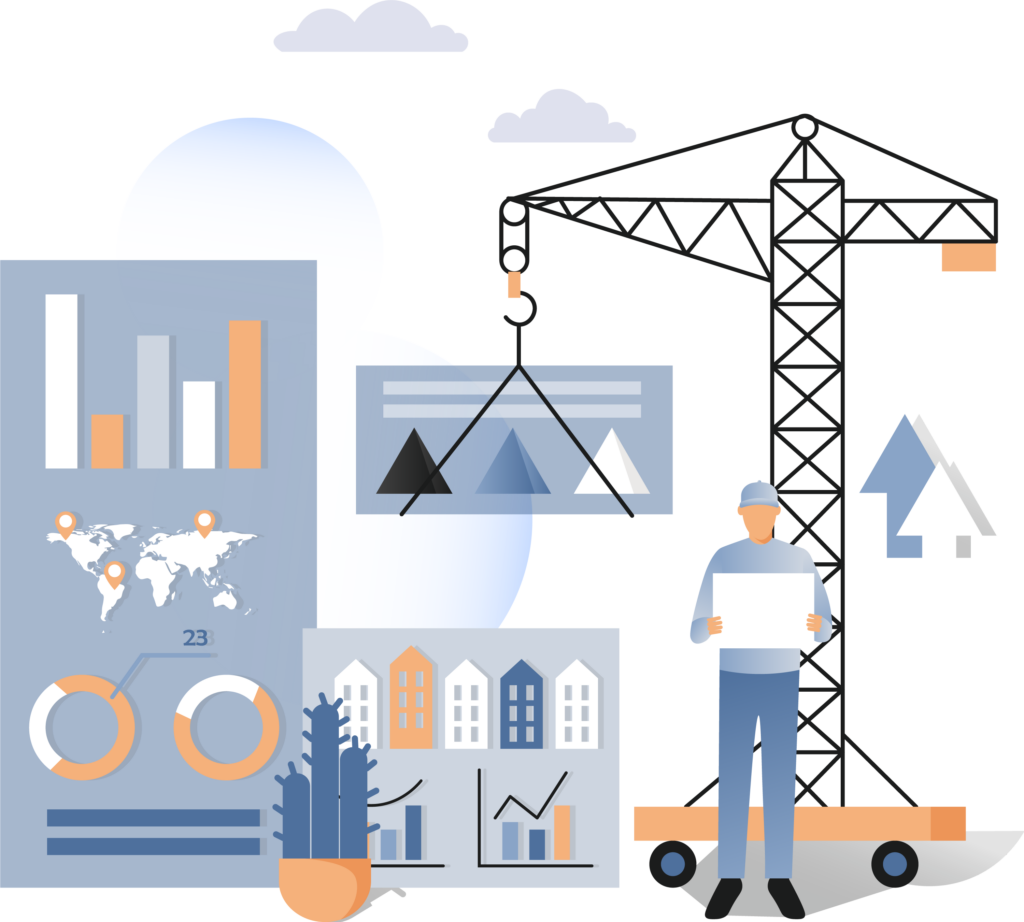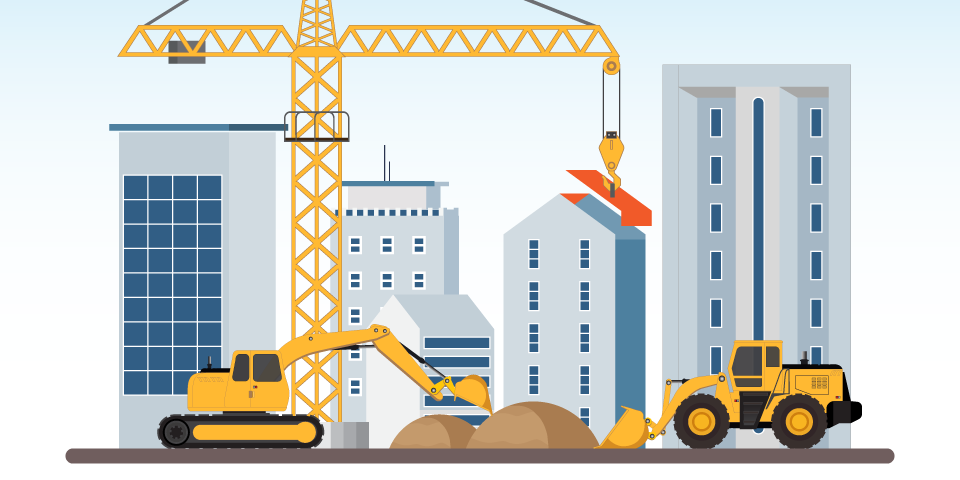Northspyre Blog
Expert insights & resources
Stay informed with the latest tech trends, industry insights, and best practices for real estate development.

Market Trends, Real Estate Development
Short-Term Pain, Long-Term Gain: the Future of Industrial
Everything developers need to know about the industrial sector's outlook.

Project Management, Real Estate Development
How to Excel as a Real Estate Project Manager: Key Responsibilities and Best Practices
Here are the strategies you need to succeed as a project manager.

Real Estate Technology, Technology
How to Leverage Proptech for Smarter Commercial Real Estate Development
Discover how proptech enhances efficiency, transparency, and decision-making.

Market Trends, Real Estate Development
How Multifamily Developers Can Manage the Market Lull
Here's how multifamily developers can stay competitive amid a market lull .

Real Estate Development, Real Estate Technology
9 Best Real Estate Development Software for 2025
Compare features, pricing, and use cases.

Project Management, Real Estate Development
Equity Waterfall in CRE: Who Gets Paid First and Why
Learn the ins and outs of the equity waterfall in real estate.

Market Trends, Real Estate Development
7 Trends Shaping the Future of Retail Real Estate
Adapting to meet challenges and unlock new potential.

Market Trends, Real Estate Development
Understanding the Turbulence: the CRE Outlook Beyond 1Q25
Discover key CRE market insights for 1Q25 and beyond.

Market Trends, Real Estate Development
Unpacking the Impact of Tariffs on Commercial Real Estate Development
Learn how tariffs will impact CRE development in the short and long term.
See Northspyre in action
Get a demo to see how leading developers use Northspyre to work smarter at every stage of the development lifecycle.